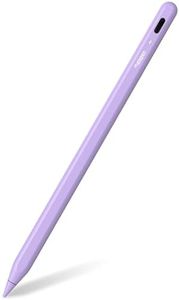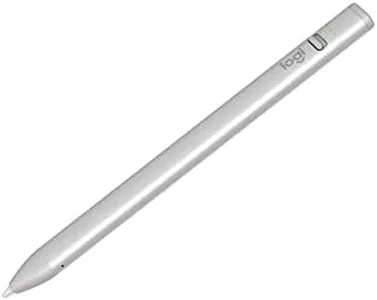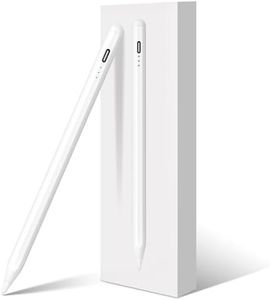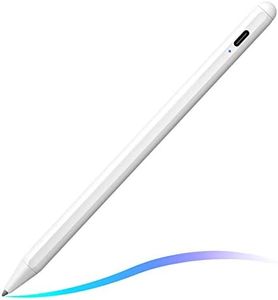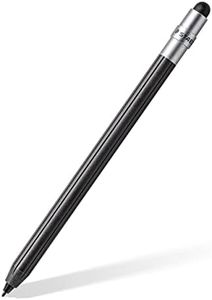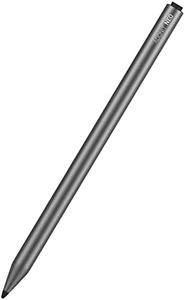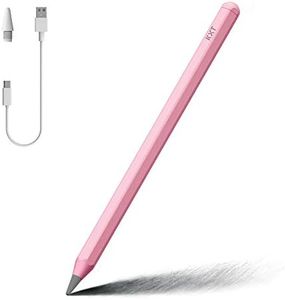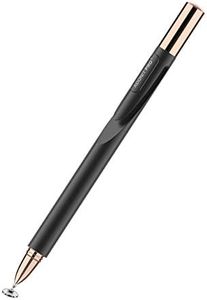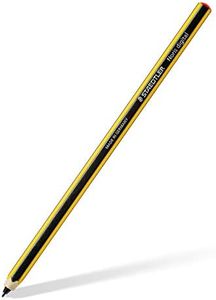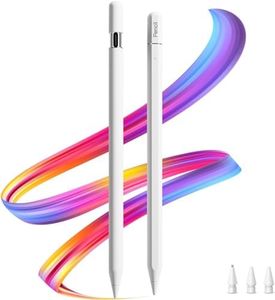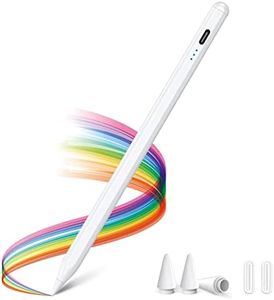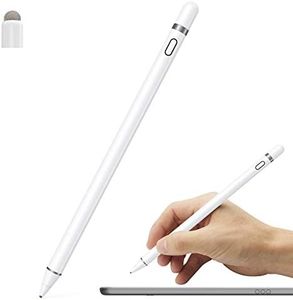We Use CookiesWe use cookies to enhance the security, performance,
functionality and for analytical and promotional activities. By continuing to browse this site you
are agreeing to our privacy policy
10 Best Apple Pencil Alternatives
From leading brands and best sellers available on the web.Buying Guide for the Best Apple Pencil Alternatives
Picking an Apple Pencil alternative is about finding a stylus that best matches your needs for drawing, note-taking, or general tablet use. Since alternatives can vary widely in features, it's important to think about how you'll use the stylus—whether for casual doodling, professional art, or just navigating your device. You should also consider how comfortable the stylus feels in your hand and how well it interacts with your iPad. Exploring the key specs will help you narrow down your choices and ensure you get a tool that truly suits your workflow and preferences.CompatibilityCompatibility refers to whether the stylus works with your specific iPad or tablet model. Not all styluses are designed to function seamlessly with every iPad or operating system; some only work with certain generations. It's important because an incompatible stylus might not function at all or may miss out on features like palm rejection or pressure sensitivity. To navigate this, check which iPad models the stylus supports—often, products will list supported versions. Pick the one that specifically mentions your device to avoid frustration and ensure full feature use.
Pressure SensitivityPressure sensitivity is the stylus's ability to detect how hard you're pressing during use, which is vital for drawing and handwriting that feels natural. A stylus may have high sensitivity, medium, or basic binary input (just detects touch, not pressure). If you're an artist needing variations in line thickness and shading, go for a stylus with higher pressure sensitivity. For basic note-taking or navigation, advanced sensitivity may be less important, and a simple stylus can do the job.
Palm RejectionPalm rejection is the feature that allows you to rest your hand on the screen while writing or drawing, without causing unwanted marks. This is key for comfort and a natural writing experience, especially during long sessions. Some styluses require the support of particular apps or device compatibility for palm rejection to work well. If you plan to use the stylus for long writing or drawing, prioritize this feature. If your use is sparse and doesn’t involve much screen contact, this feature might be less critical.
Tilt SensitivityTilt sensitivity lets the stylus recognize the angle at which it is held, which can affect shading and stroke style, mainly in art and illustration apps. If you're into sketching, shading, or any artistic work that mimics pencil or brush techniques, look for a stylus with tilt sensitivity. For typical note-taking or device control, this feature is usually unnecessary.
Tip Material and ReplaceabilityThe tip material affects how the stylus glides on the screen, with softer tips generally offering a smoother, quieter feel but wearing out faster than harder ones. Some styluses have replaceable tips, which is important for longevity, especially with heavy use. If you plan to write or draw a lot, check if the stylus allows for easy tip replacement. For light, occasional use, this might not be as big a concern.
Battery Life and ChargingBattery life determines how long you can use the stylus before it needs recharging, and charging method affects convenience. Some styluses have built-in rechargeable batteries, others use disposable ones, and a few are completely passive (no power needed). If you're using your stylus frequently or for professional work, longer battery life and quick, straightforward charging methods (like USB-C or magnetic charging) are helpful. For infrequent users, a basic or even battery-free stylus may suffice.
Shortcut/Function ButtonsSome styluses feature extra buttons for shortcuts like erasing or switching tools, adding to efficiency. This is important for workflow, particularly if you do a lot of editing or drawing. Consider how many buttons there are and if their customization options match your preferred apps or tasks. If you value simplicity, a stylus without extra buttons might feel less cluttered and easier to use.
Ergonomics and Build QualityHow the stylus feels in your hand matters a lot, especially after long periods of use. Look for things like grip texture, balance, weight, and overall comfort. If you spend a lot of time writing or drawing, be sure the stylus isn't too heavy or slippery, and that the overall build feels sturdy. For short or occasional use, ergonomics may be less critical, but still test if possible to ensure basic comfort.
